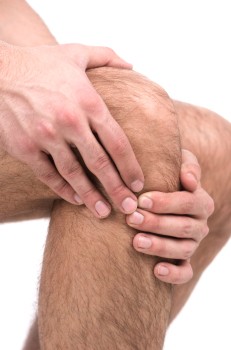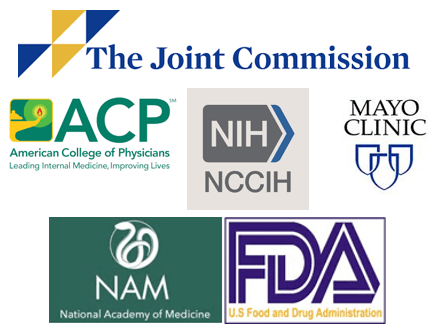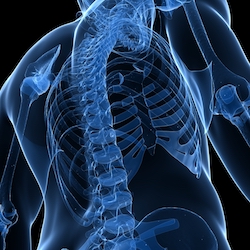Pain Management
David Haase, MD: Navigating the Intersections of Stress, Pain, and Addiction – Seeing Hope through the Functional Medicine Lens
Holistic Approach to Pain May help Prevent Drug Deaths in Vulnerable Populations
As integrative practitioners have been saying, a holistic approach to pain is the answer to the opioid crisis, especially for low-income and at-risk patients. A new study give these ideas merit. A program offering group support, acupuncture, mindfulness, massage and gentle exercise may help prevent patients on prescription opioids fromRead
Researchers Identify Biomarker Blood Test to Measure Pain
A breakthrough test developed by Indiana University School of Medicine researchers to measure pain in patients could help stem the tide of the opioid crisis in Indiana, and throughout the rest of the nation. A study led by psychiatry professor Alexander Niculescu, MD, PhD and published in Nature journal Molecular PsychiatryRead
Low-Level Laser Therapy as a Non-Pharma Option for Chronic Pain and Osteoarthritis
ACT NOW! IHPC Call to Comment on HHS Pain Management Best Practices Inter-Agency Task Force
Want your voice heard about integrative pain management? The Pain Management Best Practices Interagency Task Force issued its draft report in late Dec. 2018. The comment period is open for the next 90 days, until March 28, 2019. The Pain Management Best Practices Inter-Agency Task Force (Task Force), in aRead
Webinar: Drs. Vanila Singh and Shari Ling on the HHS Pain Management Best Practices Inter-Agency Task Force
It’s no secret that there is an opioid addiction crisis in this country and that opioid prescriptions have played a role in this epidemic. To the integrative health community, it’s also no secret that part of the solution lies with integrative pain management protocols. What you may not know isRead
Chronic Pain and the Role of Integrative & Complementary Therapies
Inclusion Check-in: Are Integrative Practices in New Federal Opioid Legislation, National Academy, and FDA Activity?
One can easily count the chickens of non-pharmacological approaches highlighted in multiple organizational guidelines and state strategies related to pain and opioids. But one definitely cannot count on them hatching inside each new, significant policy initiative. Regular medicine tends to regress toward a non-inclusive mean in pain treatment. And “mean”Read
Chronic Pain: In Search of the Underlying Cause, By Emily Telfair, ND
Within my first few weeks of beginning naturopathic medical school at Bastyr University, I was introduced to a core naturopathic principle, Tolle Causam, or “Treat the Underlying Cause.” While the concept seemed to make perfect sense – of course my patients will improve when I treat the root source ofRead
Evidence Supports Integrating Other Treatments with Dry Needling for Low Back Pain
As many as 85% of all people globally have experienced low-back pain in their lifetimes. No one is exempt whether sedentary or a professional athlete. It is so common that low back pain the the most frequently reported reason that people see their doctor. For that reason alone, this studyRead














